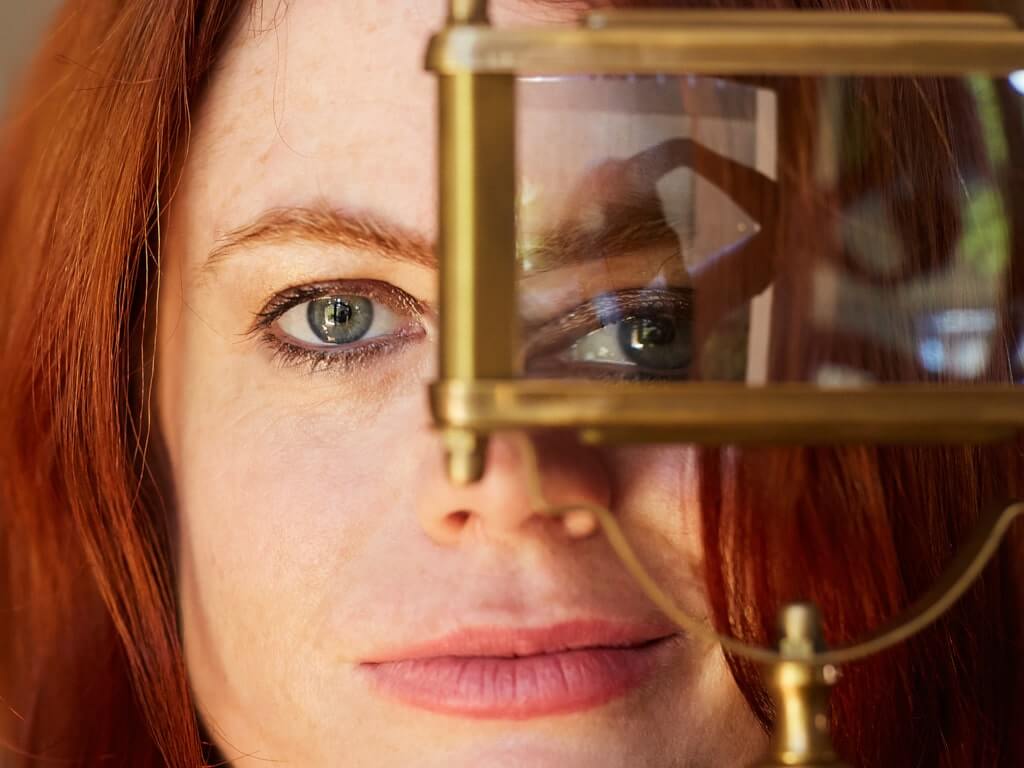MAK1ONE
Cape Town Street Artist
A born and bred Capetonian, Maxwell Southgate is better known by his artist name MAK1ONE.
With a career that has seen him work extensively as a mural artist in South Africa and abroad, and collaborate on projects in Greece, Germany, Belgium and the USA as well as present solo exhibitions in Cape Town and Johannesburg, he is a serious and conscious artist with cutting edge concepts and ideas about the potential of graffiti as an art form.
For Max growing up in Mitchell’s Plain on the Cape Flats in the 1970s meant living a life where putting food on the table was a daily battle, poverty was rife and choices were limited. Something still true for many in the area today. Discovering the expressive medium of graffiti in the late 1980’s was a liberating and pivotal moment for him, empowering him to express who he is and what he is thinking.
‘I’m learning how to navigate my home and how to live in it whilst contributing in my own way towards the city’s future.’
Like many artistic movements, the street art scene in Cape Town began as a political protest as opposition grew against the apartheid regime and increasingly angry and emotional paintings appeared on the walls of Cape Town’s notorious District Six. Images of famous faces such as Nelson Mandela or Steve Biko were often accompanied by messages relating to human rights and freedom. Today Cape Town is home to some of the world’s best and brightest street artists.
Having personally experienced the power of graffiti to change lives, Max as a self-taught artist is committed to using his work to inform and challenge opinion while inspiring people to pursue their dreams and talents.
Asked how he views Cape Town he says ‘This city is the home that understands and nourishes me, a place that resonates deeply. Be it in the food my mother prepares on a Sunday or the very presence of my father, brother, sister, cousins and aunts. Cape Town is my home, a place where everybody is family. It is where I belong.’



Street art is fairly new to South Africa, and before that was better known as graffiti. The two are certainly aligned, with graffiti allowing Max to speak in a language that was important in his development and street art adding something new, giving him the tools to express what needs to be said, at the right time and in the most effective way.
‘The message I’m trying to portray through my work is that I’m alive and doing something that is relevant to right now. Things that I grew up with, that I see and feel. Everybody is expressing themselves in their own way – either in conversation or even by texting, I just use a different medium’ says Max.
Max may be using a different form of language but the emphasis remains on the importance of communication and taking the time to understand each other. Graffiti and street art are both powerful tools that people from various cultural backgrounds can use. These two modern day forms of expression allow a community to speak in a singular voice and can be very powerful if used properly.
‘Watching what is happening in the city is beautiful, it feels like watching all the flowers bloom in the veld. It is amazing to see the new art emerging.’
This vocation does come with a great sense of responsibility. Ever humble, Max says his message is no greater than that of the next person. He quite simply would not be able to call himself a Capetonian, a man, or an artist if he were not taking responsibility for who he is and what he has to contribute to this city, and to the world.
According to Max, some of the greatest and brightest minds come from South Africa as a result of the country’s history. New ideas and new ways of seeing a place have emerged over the years with the older and newer minds equally inspiring. ‘The old needs the new, and the new needs the old; the young simply can’t exist without the old, or vice versa.’


Regarding street art in Cape Town, a lot of new work is emerging. The contribution to the city is greater than just a few works or artists and the art form can be linked all the way back to the indigenous Khoi San – the first artists who left their mark on the insides of remote South African caves. ‘Before street art there was bush art, today is simply a continuation of what has come before.’
Talking about pieces that have moved him over his 20 years as a street artist, Max says that there was work he was proud of in the 90’s, and those he was proud of in the early 00’s. Things change though and many don’t exist anymore, street artists need to let go of their work emotionally, mentally, physically. It is part of the craft. That said, there were iconic pieces that helped him move on to the next stage of his career, the next part of what he knows he should be doing.
‘Just like nature lives in harmony, here too there is a place for everything and everyone. It is all about respecting each other.’
When he returned from those trips that saw him create and leave his mark in new spaces, he could use the knowledge gained, feeling that he had something to contribute to the local culture. That sense of meaning builds and grows and pushes to something new, introducing things that weren’t here before. We can only hope to see what next from this inspiring artist.
Max may be proudly Capetonian, but he has worked widely abroad, each experience teaching him about those regions and the art, as most of the places he worked are more advanced in street art than South Africa, given our restrictive history.






